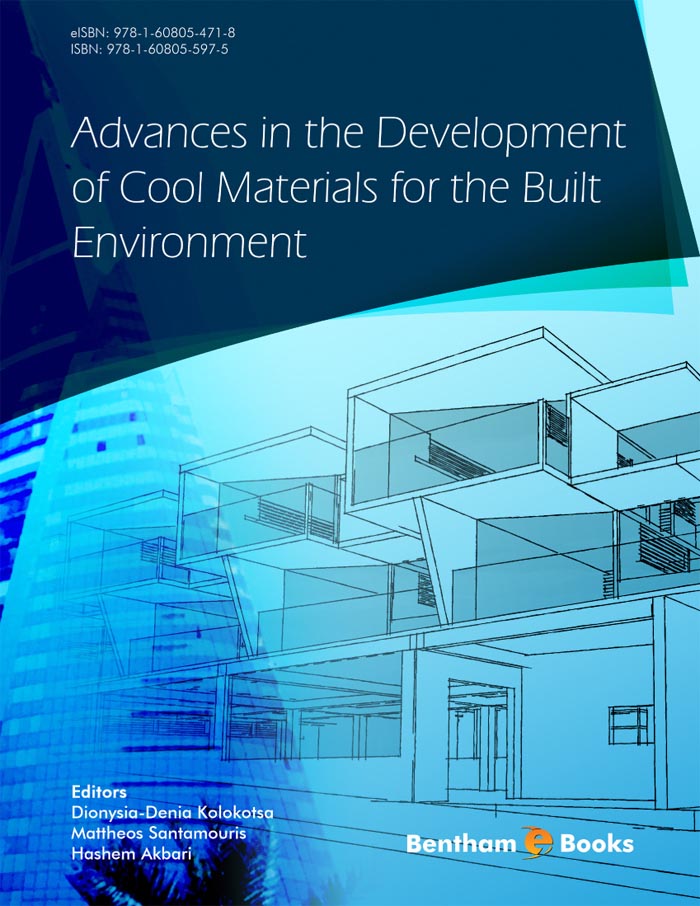Energy is one of the most important factors that define the quality of urban life and the global environmental impact of cities. The urbanization process dramatically affects energy consumption.
Moreover buildings are a major economic sector in the world and the quality of buildings shapes the life of citizens. Although there is an important increase of the budget devoted to construction, more than one billion urban citizens live in inappropriate houses while in most of the cities in less developed countries between one and two thirds of the population live in poor quality and overcrowded housing. Even in the developed world the percentage of people living in low income households is quite high.
Inappropriate housing is characterized by poor indoor environmental conditions such as extremely low or high temperatures, poor ventilation, etc. In parallel, heat island conditions in dense urban areas increase ambient temperatures and the thermal stress to buildings, especially during the summer period. Passive cooling relies on the use of techniques for solar and heat control and heat dissipation. The most important progress in passive cooling techniques recently has been in the field of cool materials as a heat dissipation technique and reduction of the energy demand in the built environment.
The purpose of this eBook is to offer urban planners, energy managers, engineers and related stakeholders an integrated source for cool materials in the built environment.
The eBook starts with an introduction of the urban heat island phenomenon and the various mitigation strategies such as increase of greenery and cool material. Chapter 2 overviews essential concepts of white and light colored cool materials while Chapter 3 addresses the colored cool materials’ properties and characteristics.
The contribution of thermochromic and phase change materials for the built environment is analyzed in Chapter 4. Studies of the cool materials composition, color-changing phase and optical properties are discussed. Innovative materials and new approaches such as cool asphalt associated with cool pavements are included in Chapter 5. Furthermore, the materials available for cool coatings are proposed and demonstrated in Chapter 6.
A detailed analysis of the rating and instrumentation procedure coupled with the necessary standards for the assessment of cool materials is included in Chapter 7. Chapter 8 overviews the various approaches developed to model the cool materials’ optical properties.
Increasing the albedo of cities using materials for buildings and the urban fabric that presents high reflectivity to the solar radiation has a positive impact on the urban environment. To this end Chapter 9 provides a quantitative analysis of the energy and environmental impact of cool materials in the built environment.
The policy domains related to cool materials products and technology are presented in Chapter 10, while the economic aspects are discussed in Chapter 11.
A series of case studies from around the world are presented in Chapter 12. The energy and environmental impact of the cool materials’ applications are analyzed in order to reveal the technology’s contribution.
The following teams should be acknowledged for their valuable contribution:
-
Athena Consulting Group, Belgium
-
Department of Building, National University of Singapore, Singapore
-
Faculty of Science & Engineering, Setsunan University, Japan
-
Heat Island Group, Concordia University, Montreal, Canada
-
Huntsman Pigments
-
Italian National Agency for New Technologies, Energy and Sustainable Economic Development ENEA, Italy
-
Kobe University, Japan
-
Lawrence Berkeley National Laboratory, Berkeley, USA
-
Mechanical Engineering, Brunel University, UK
-
National Institute of Chemistry of Ljubljana, Slovenia
-
National Kapodestrian University of Athens, Greece
-
Setsunan University Osaka Prefecture, Japan
-
Technical University of Crete, Greece
-
University of la Rochelle, France
We hope that this eBook will be a useful tool for designers, engineers and other experts working in the field of built environment.
Dionysia-Denia Kolokotsa
Technical University of Crete
Greece
Mattheos Santamouris
National and Kapodistrian University of Athens
Greece
Hashem Akbari
Concordia University
Canada

